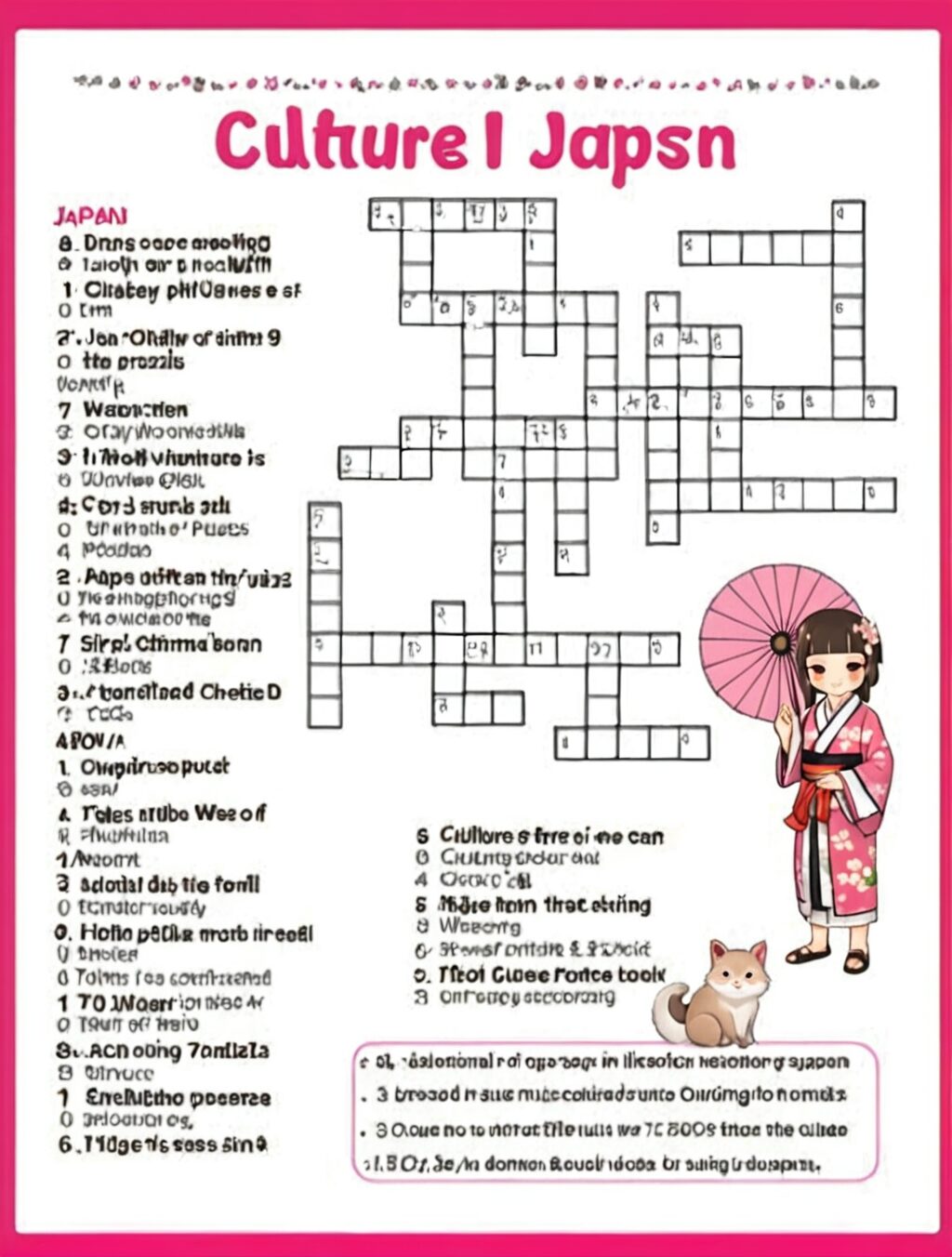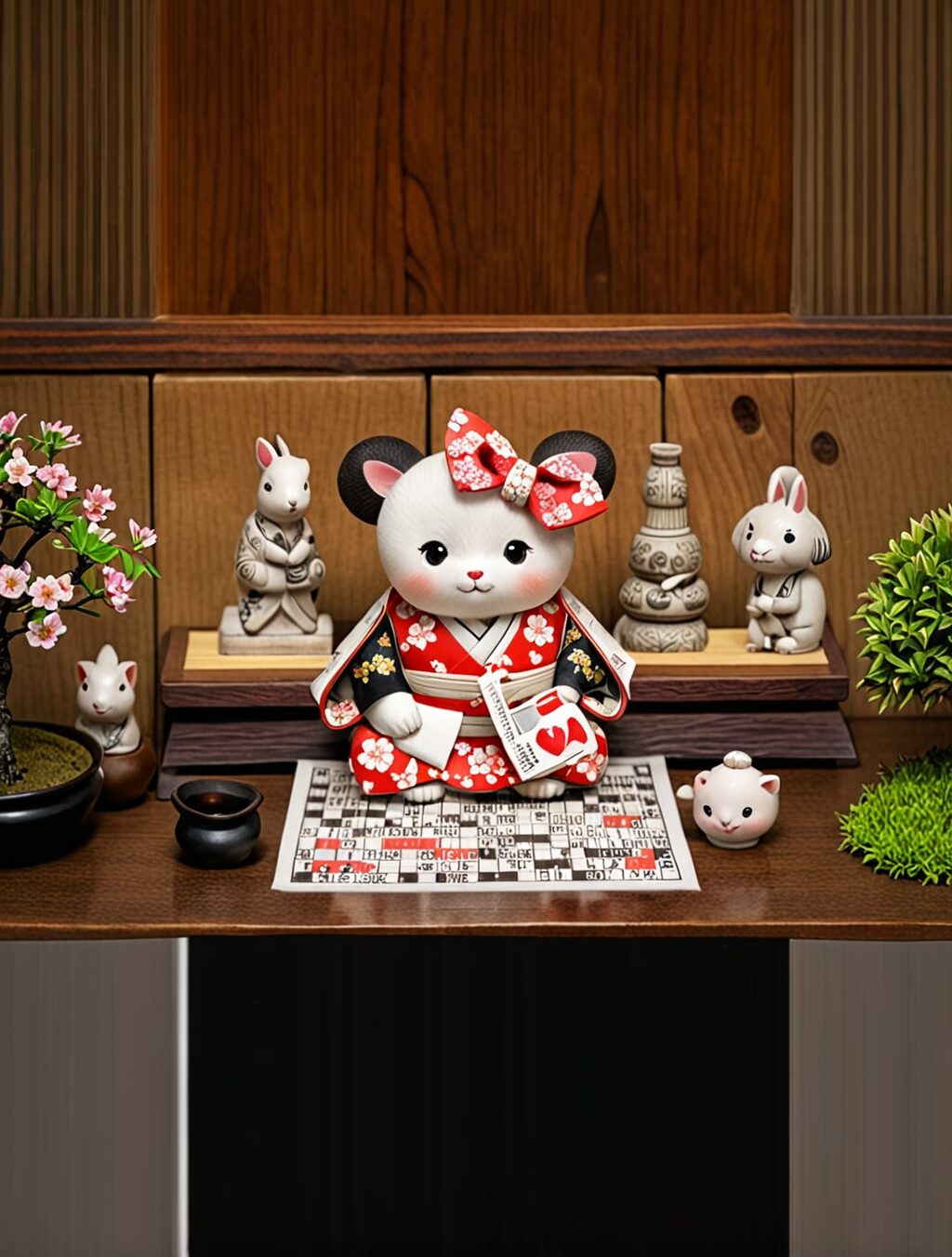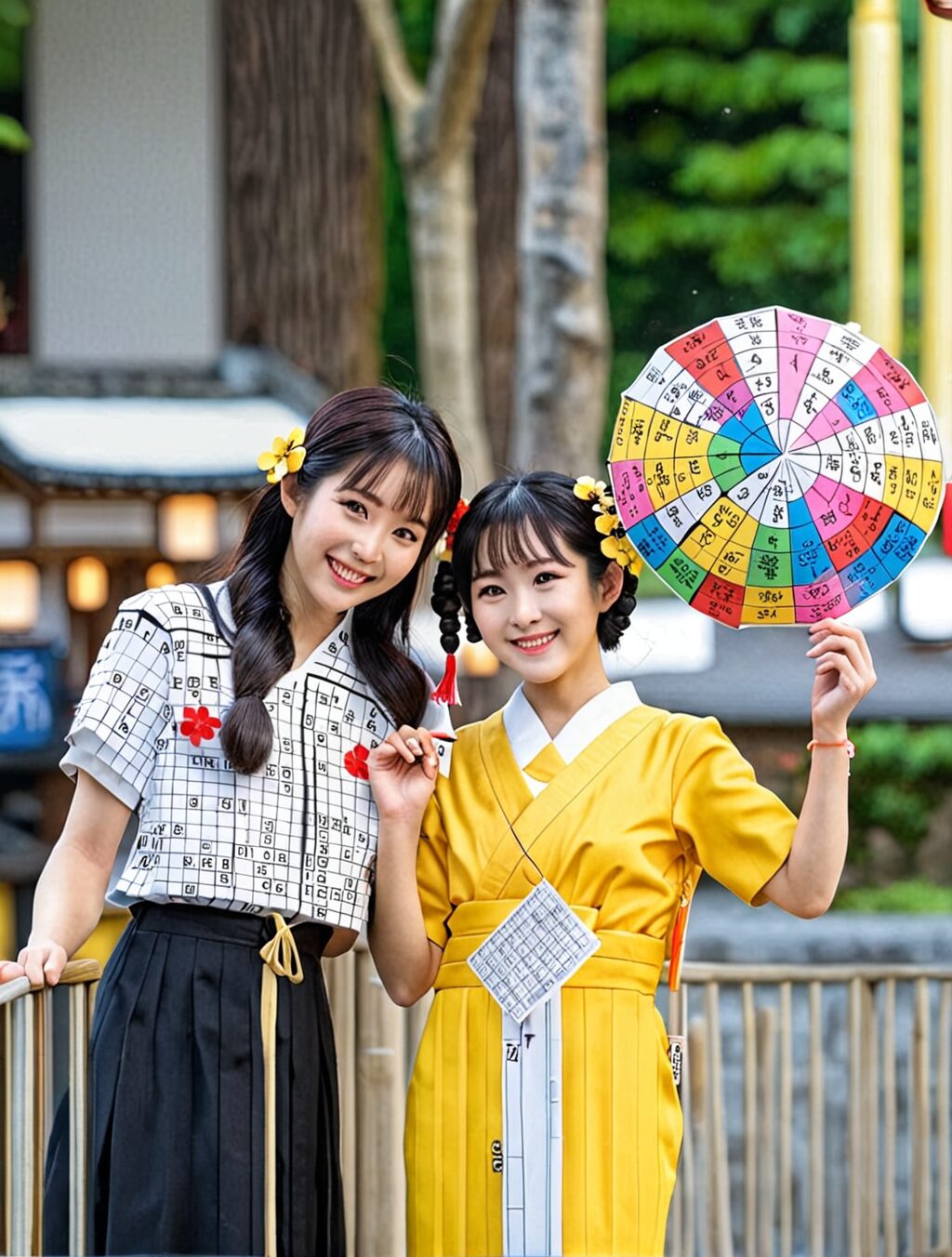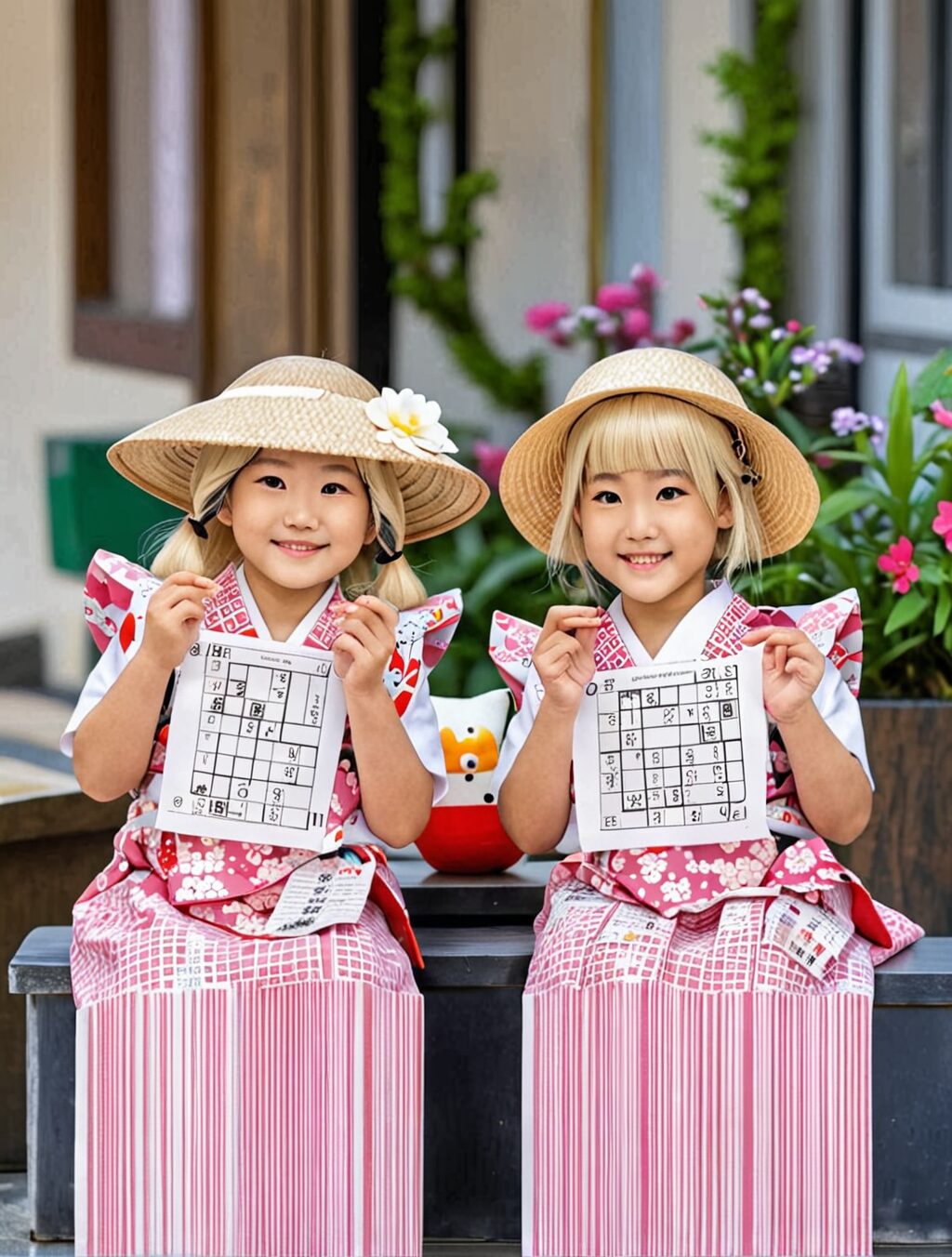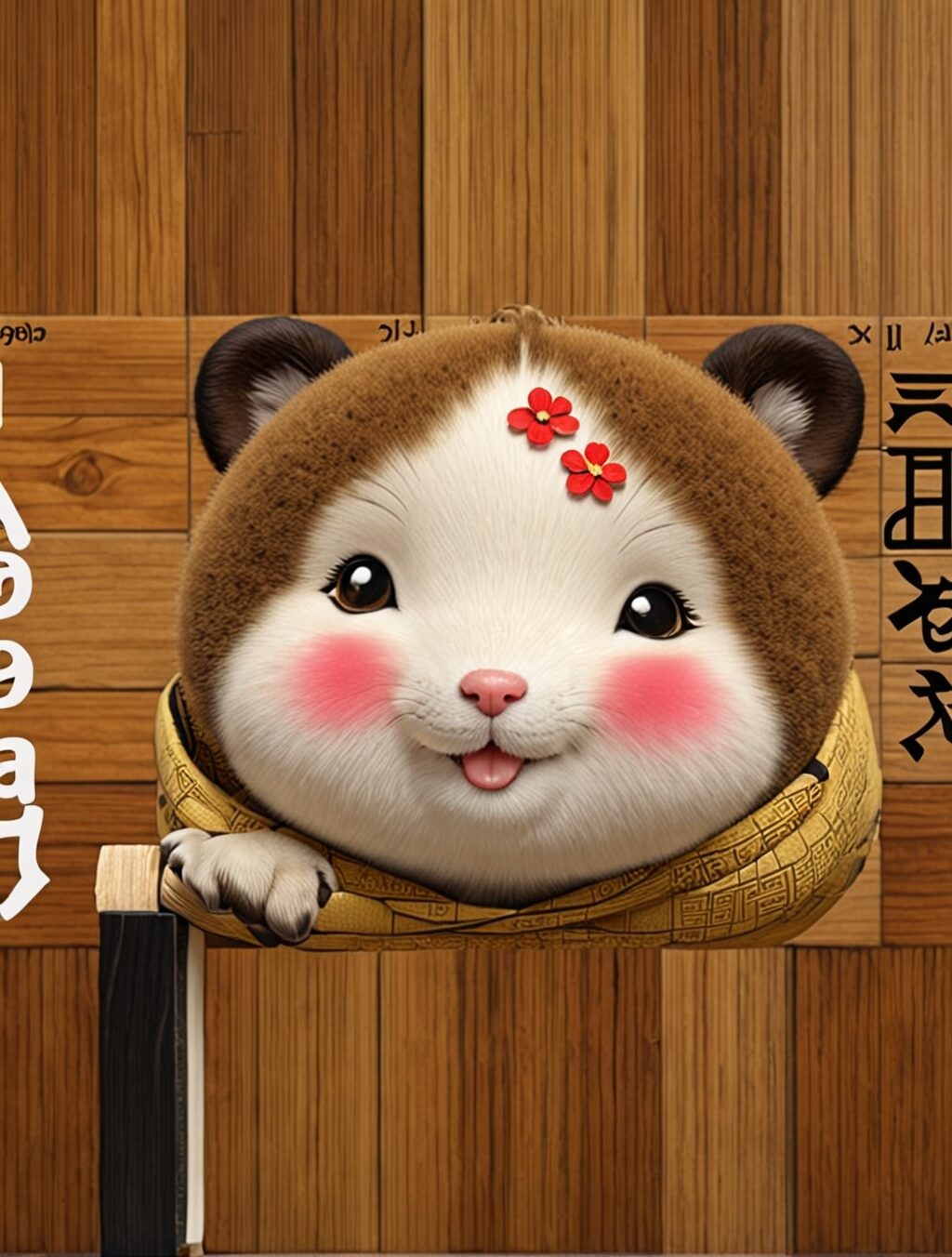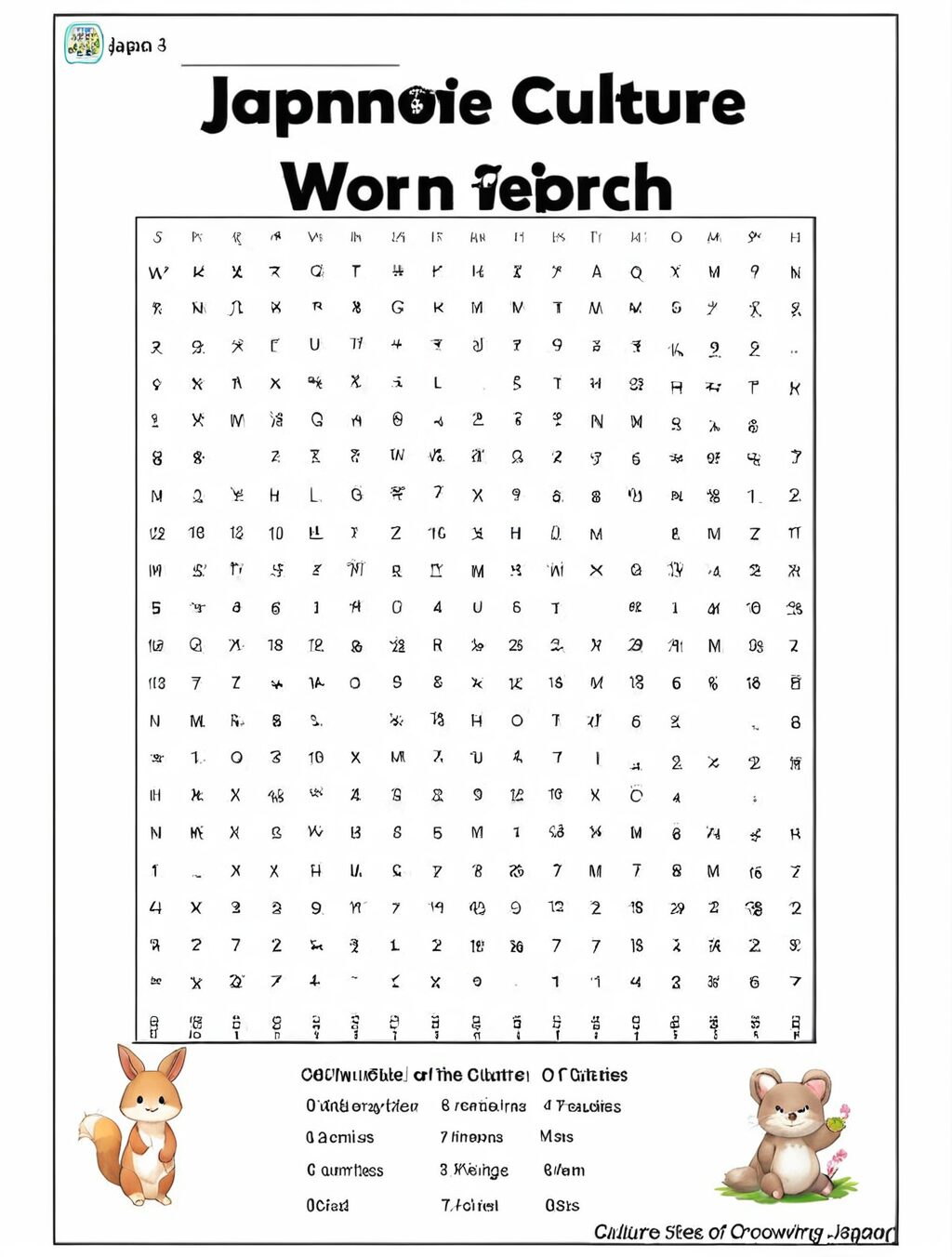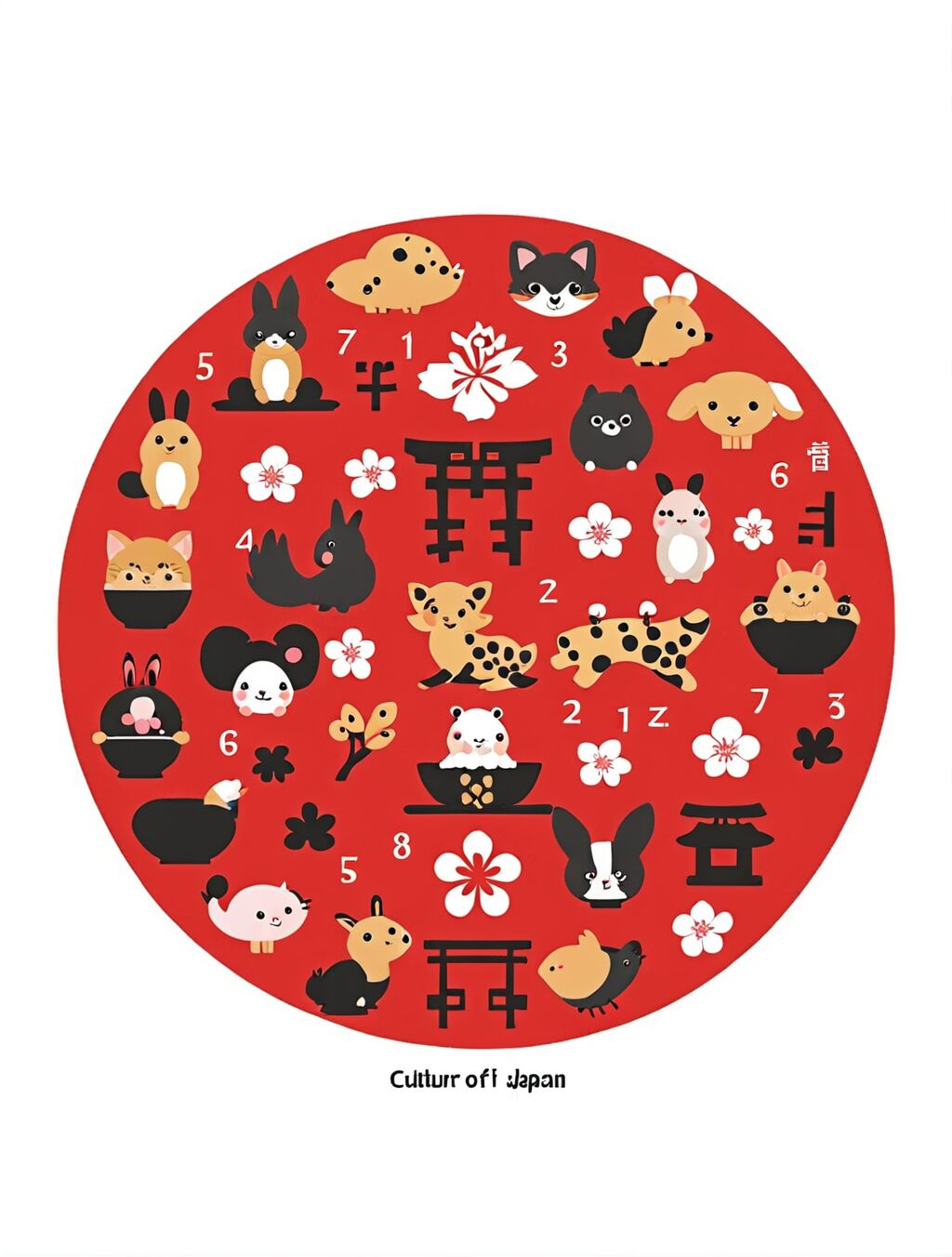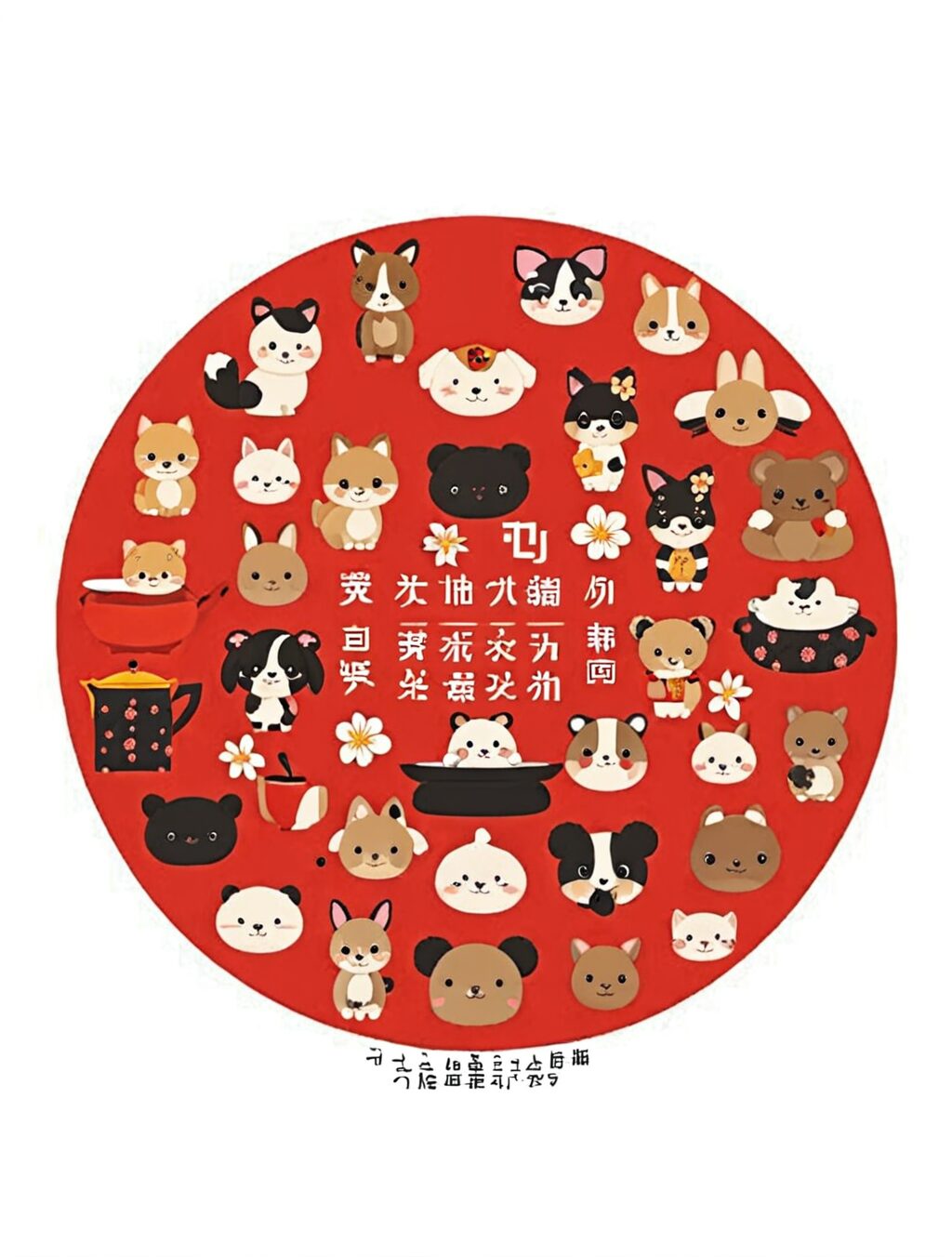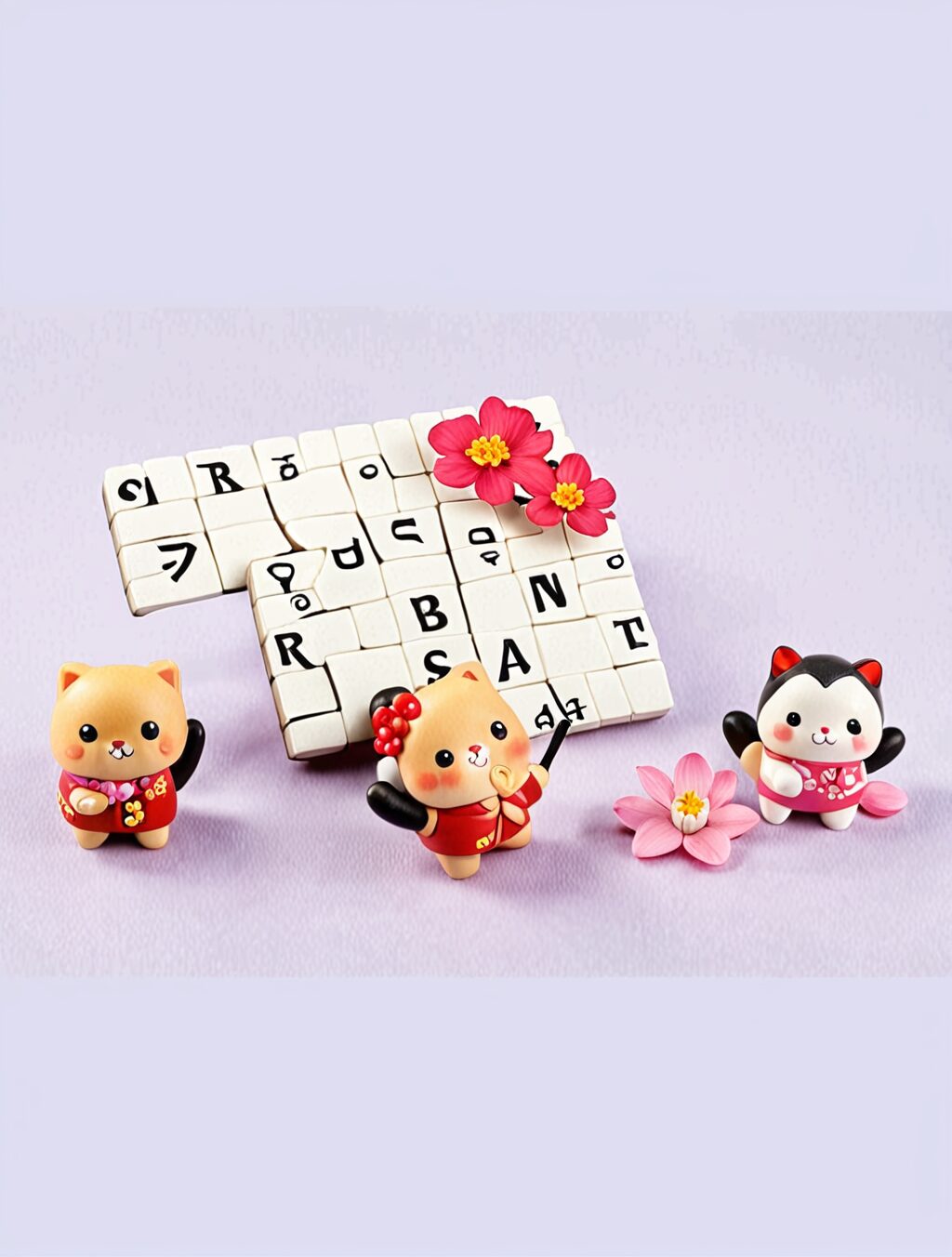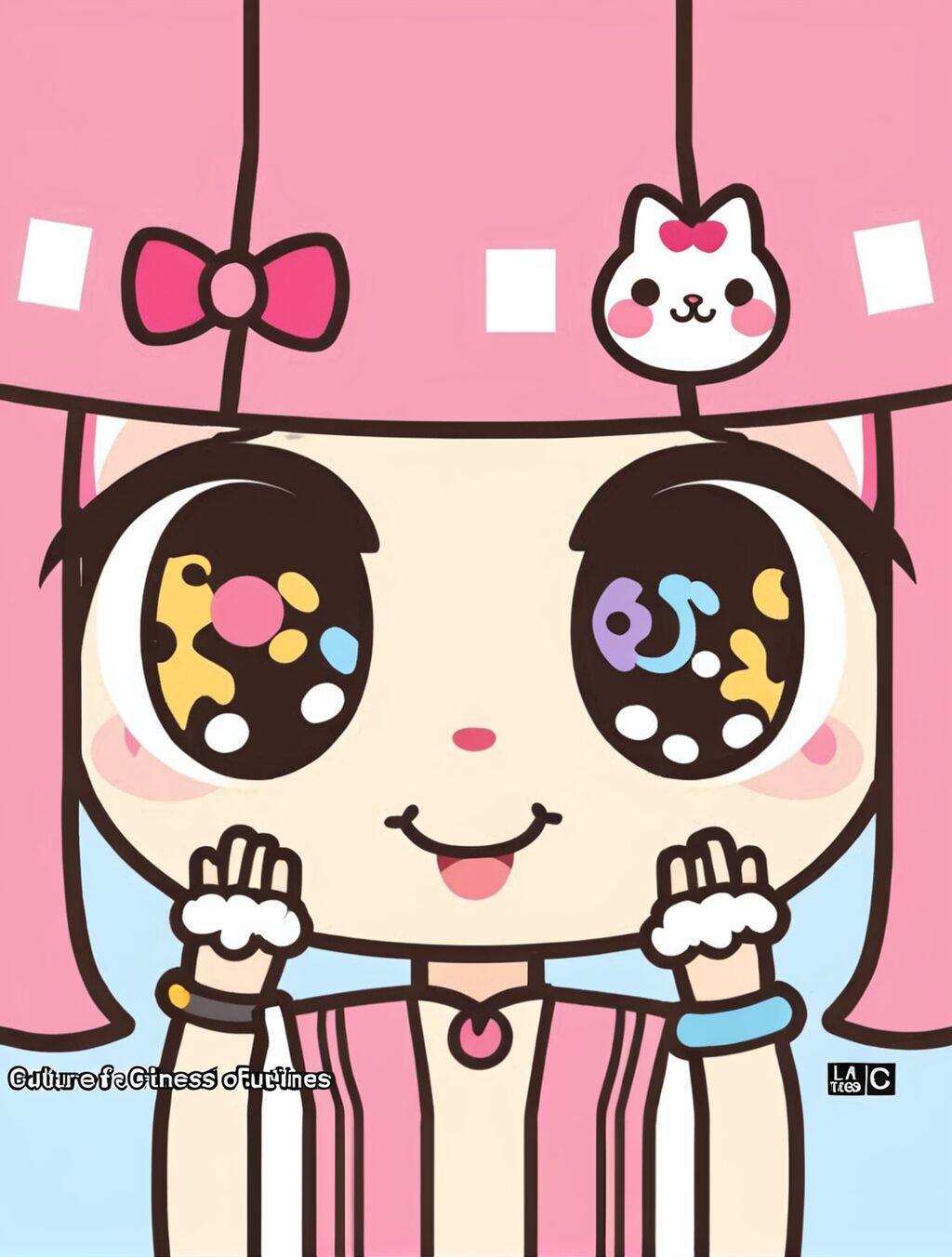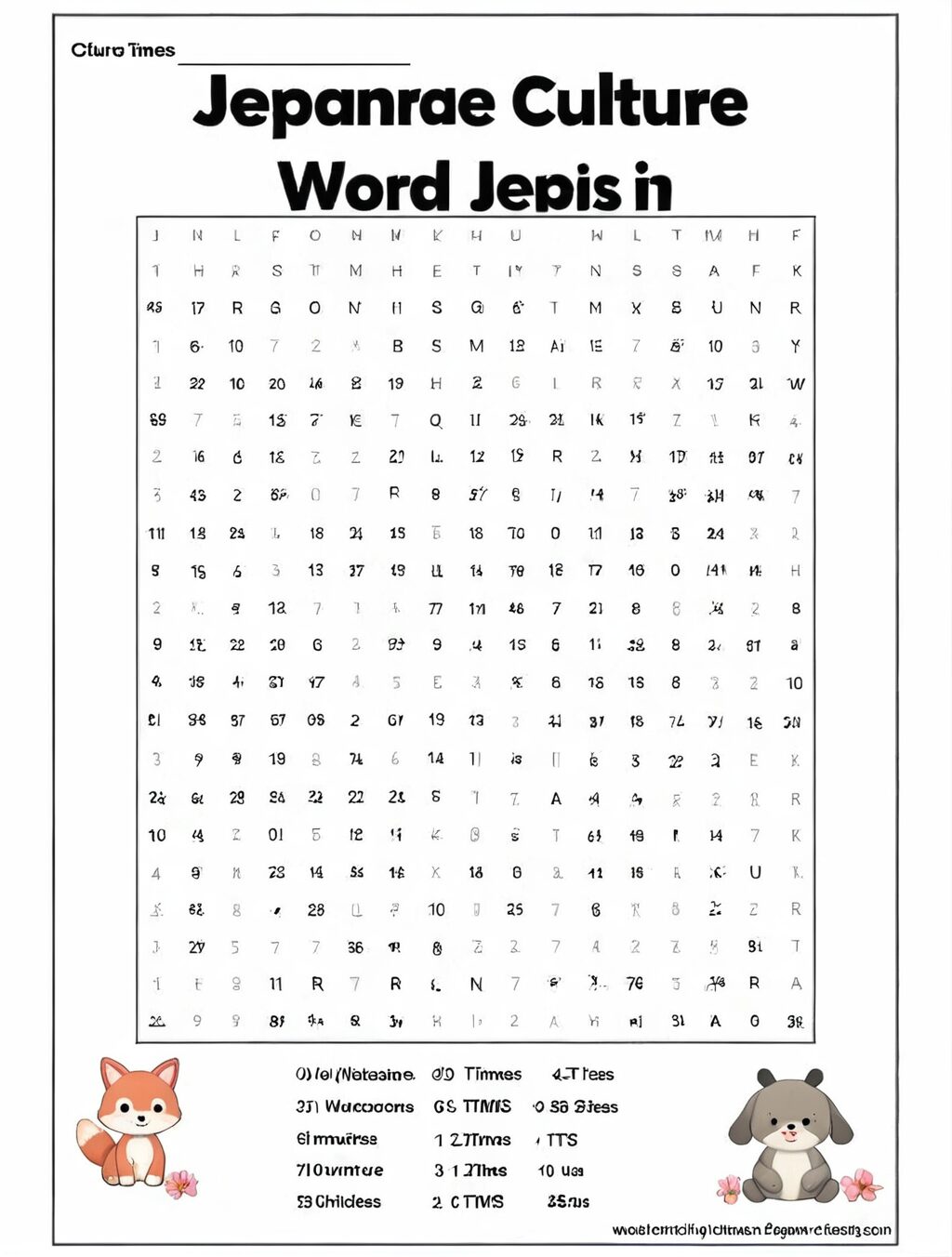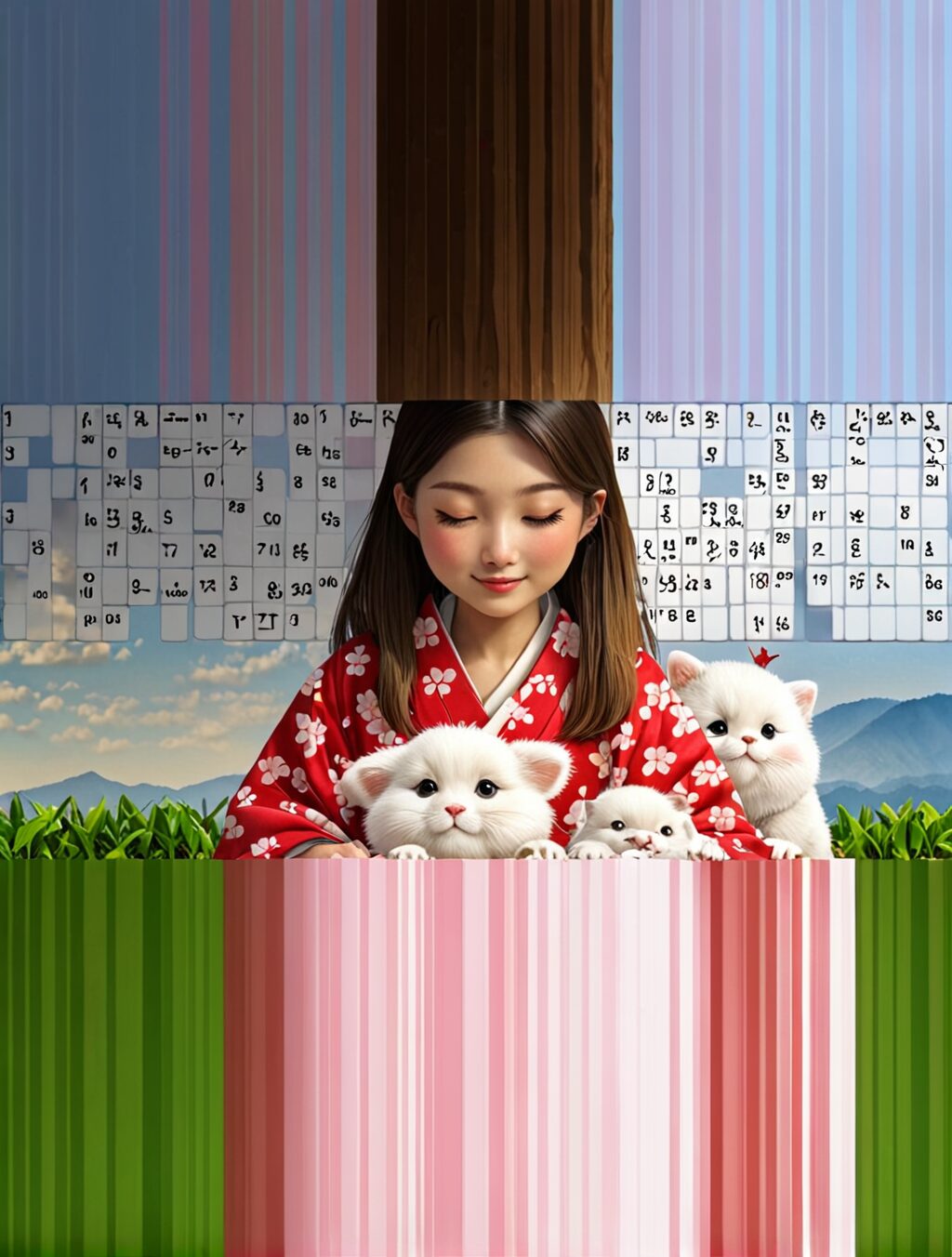Win a Free Trip to Japan!
Experience cherry blossoms and ancient temples
Culture of Cuteness in Japan
The Culture of Cuteness in Japan
Kawaii, which translates to “cute” or “adorable,” is a significant aspect of Japanese culture. It is observed in various forms, from adorable mascots to the packaging of everyday items. This fascination with cuteness has extended beyond Japan and has become a worldwide phenomenon.
Forms of Kawaii
– Anime and Manga: These forms of entertainment often feature characters that embody the kawaii aesthetic, with large eyes, soft features, and pastel colors.
– Merchandise: Japan is renowned for its vast range of kawaii merchandise, including plush toys, stationery, and accessories, all adorned with cute designs.
– Food: Even Japanese cuisine reflects the kawaii culture, with dishes like taiyaki (fish-shaped pastries) and character-themed bento boxes.
Reasons for the Appeal
– Stress Relief: The cuteness of kawaii objects is believed to alleviate stress and promote relaxation.
– Emotional Expression: Kawaii can be a way of expressing emotions, whether it’s joy, love, or excitement.
– Cultural Identity: Kawaii has become closely associated with Japanese culture, serving as a symbol of its unique aesthetic.
FAQs
– Is kawaii only for children? No, kawaii is enjoyed by people of all ages in Japan.
– Why is Japan so obsessed with cuteness? The reasons are complex, but it’s thought that Japan’s collectivist culture and emphasis on harmony have contributed to the widespread appreciation of cuteness.
Conclusion
The culture of cuteness in Japan has permeated various aspects of society and has captured the hearts of people worldwide. From its adorable mascots to its quirky merchandise, kawaii has become an integral part of Japanese identity and a global phenomenon.
